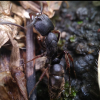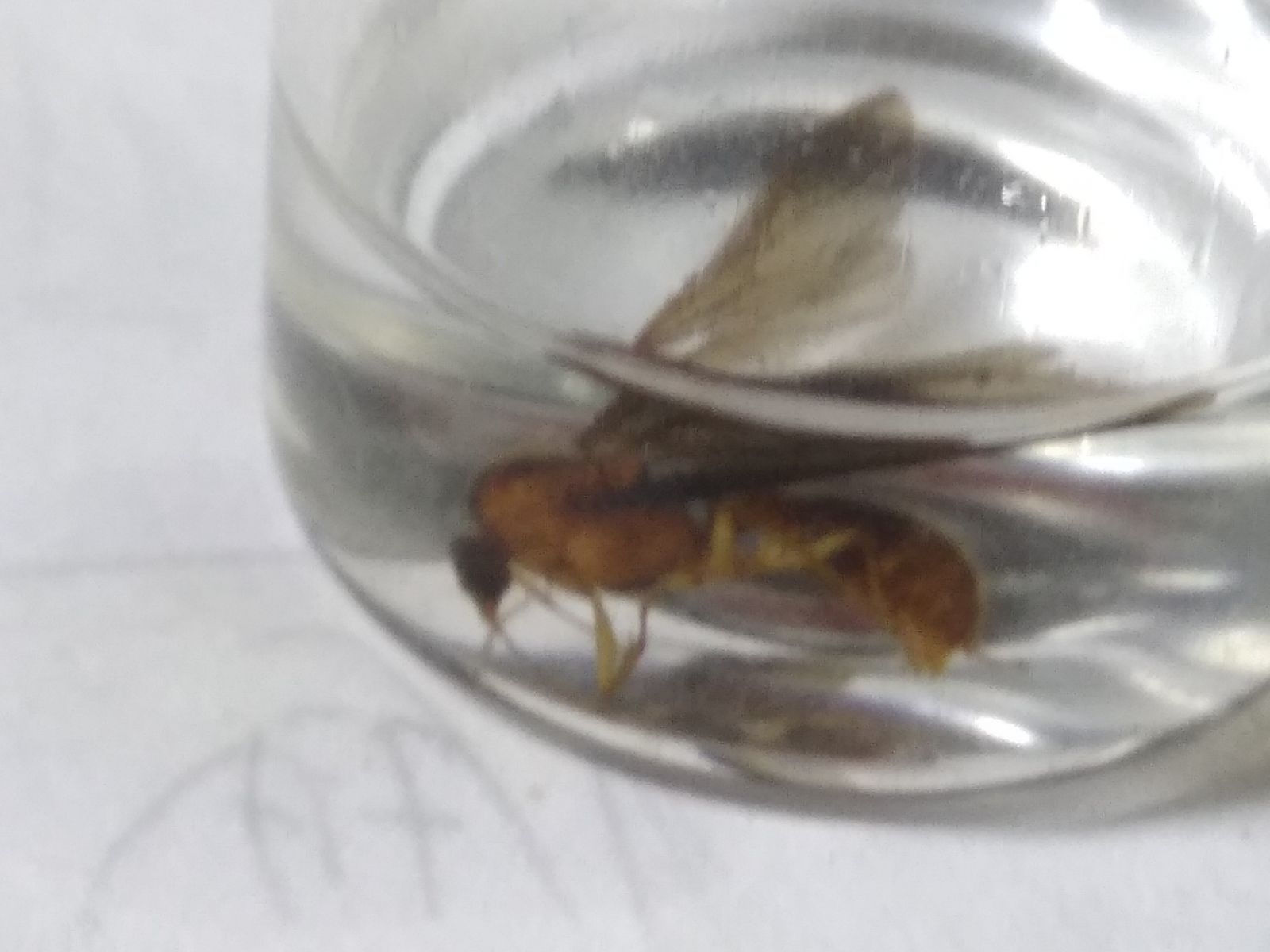1. Location (on a map) of collection: bandung, indonesia
2. Date of collection: 8 mart 2018, night
3. Habitat of collection: house
4. Length (from head to gaster): around 11 mm
5. Color, hue, pattern and texture: soft brown, with strip at abdomen
6. Distinguishing characteristics:
7. Distinguishing behavior: they come at rainy day
8. Nest description: NA
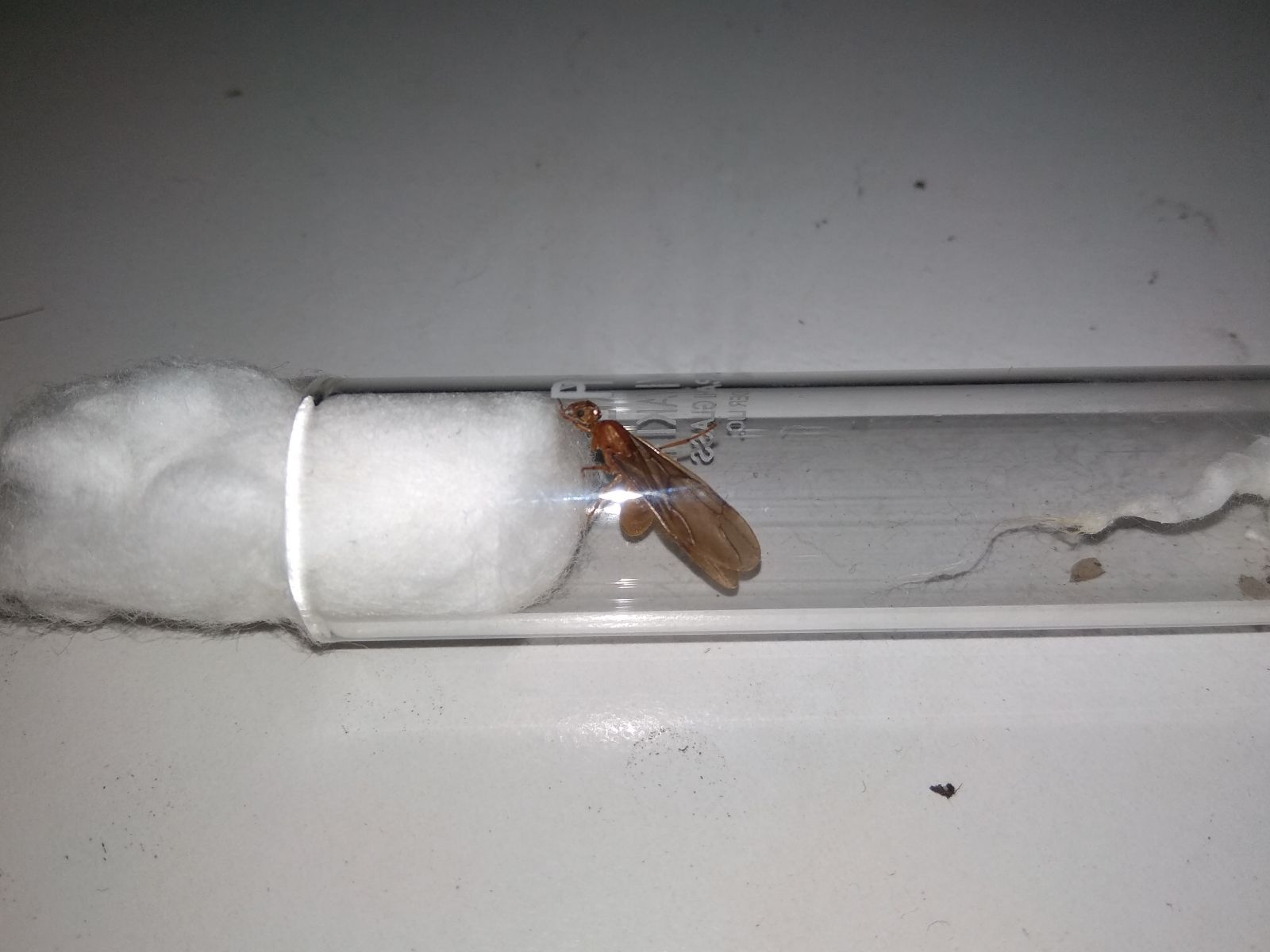
bunch of these guys come to my house just now (21:00 GMT+7), catch 5 so far. is it male?
i tried my best to get a better photo but it hard
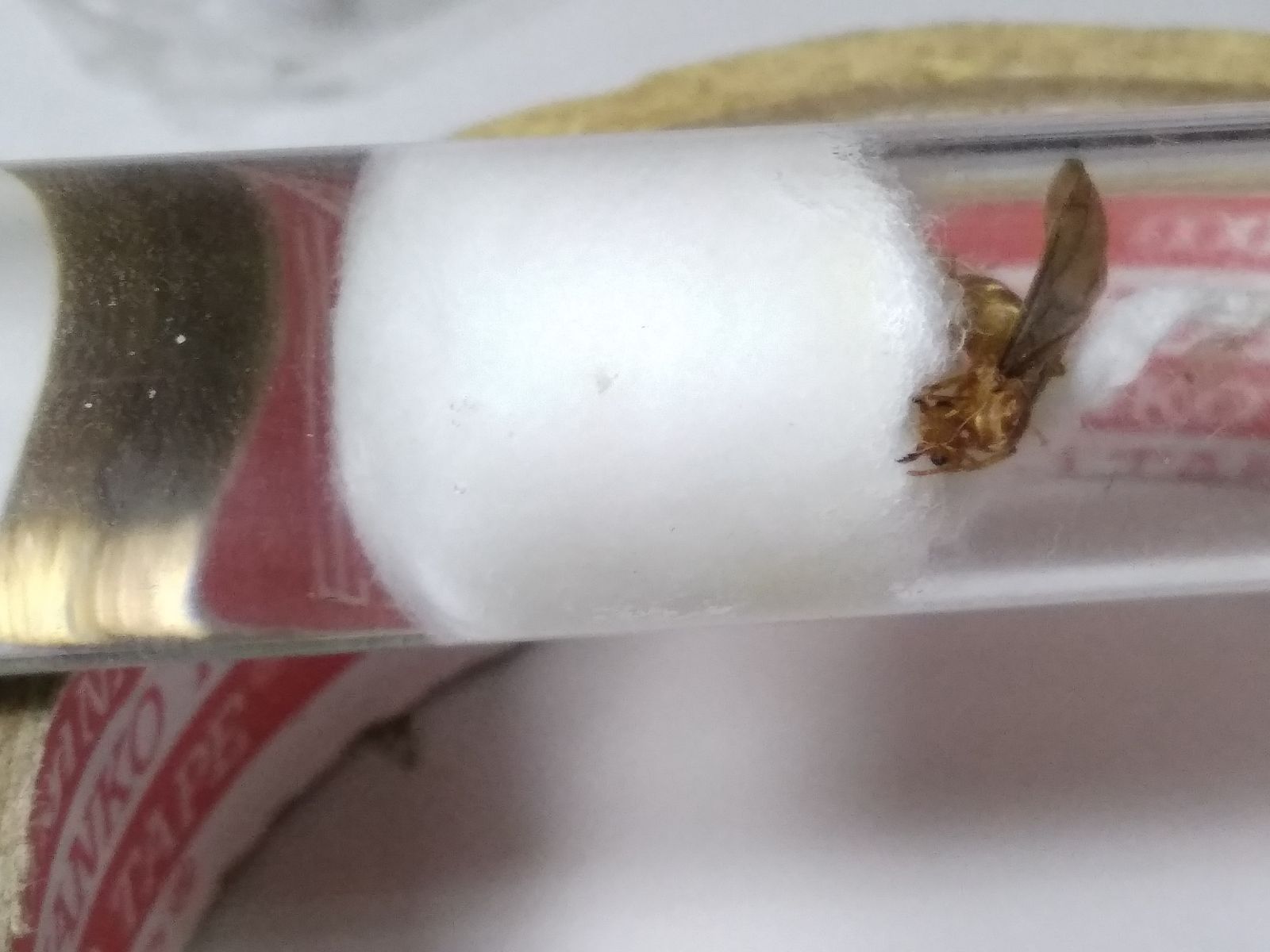
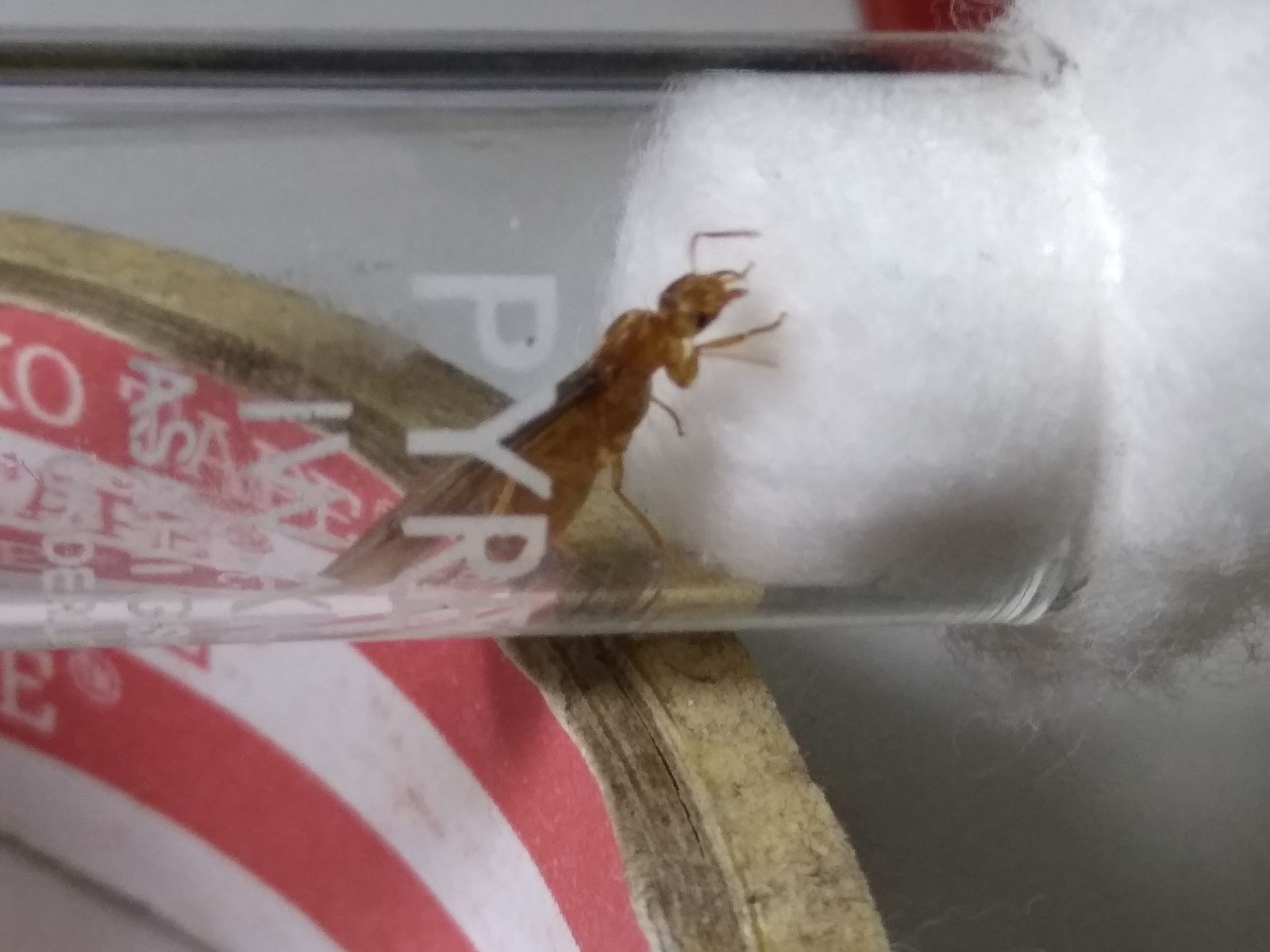
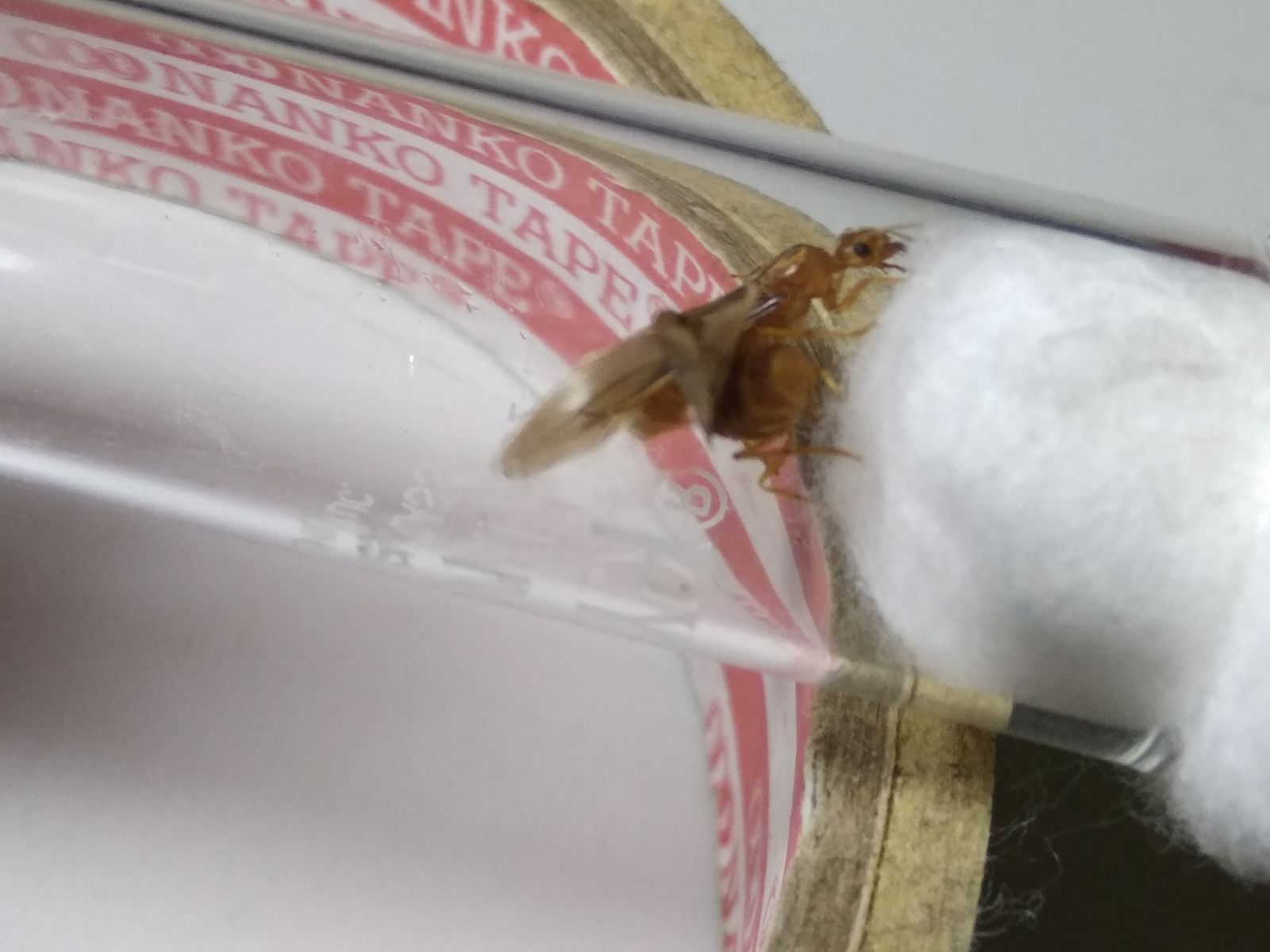
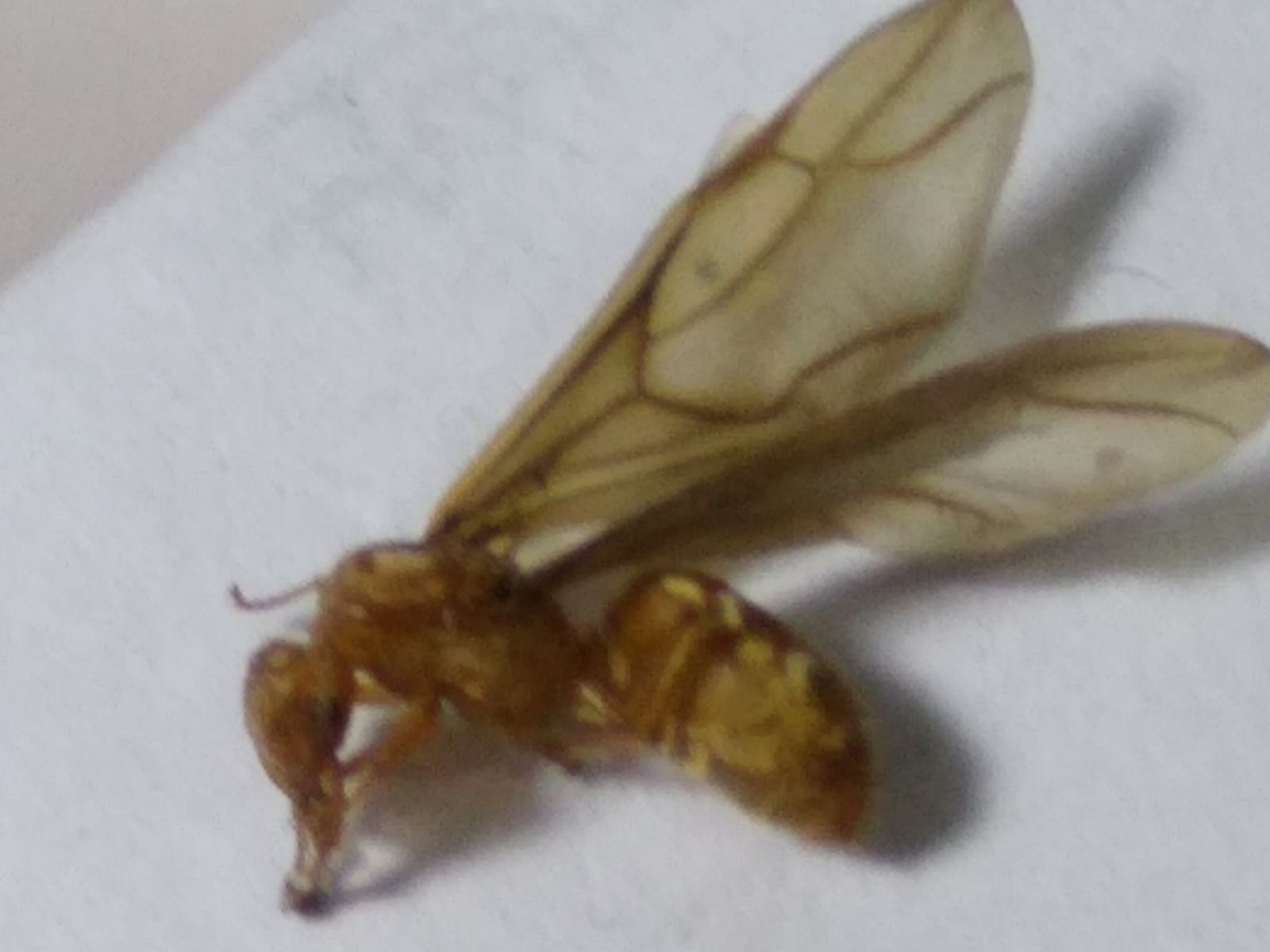
Edited by Dnail, March 8 2018 - 8:08 AM.


